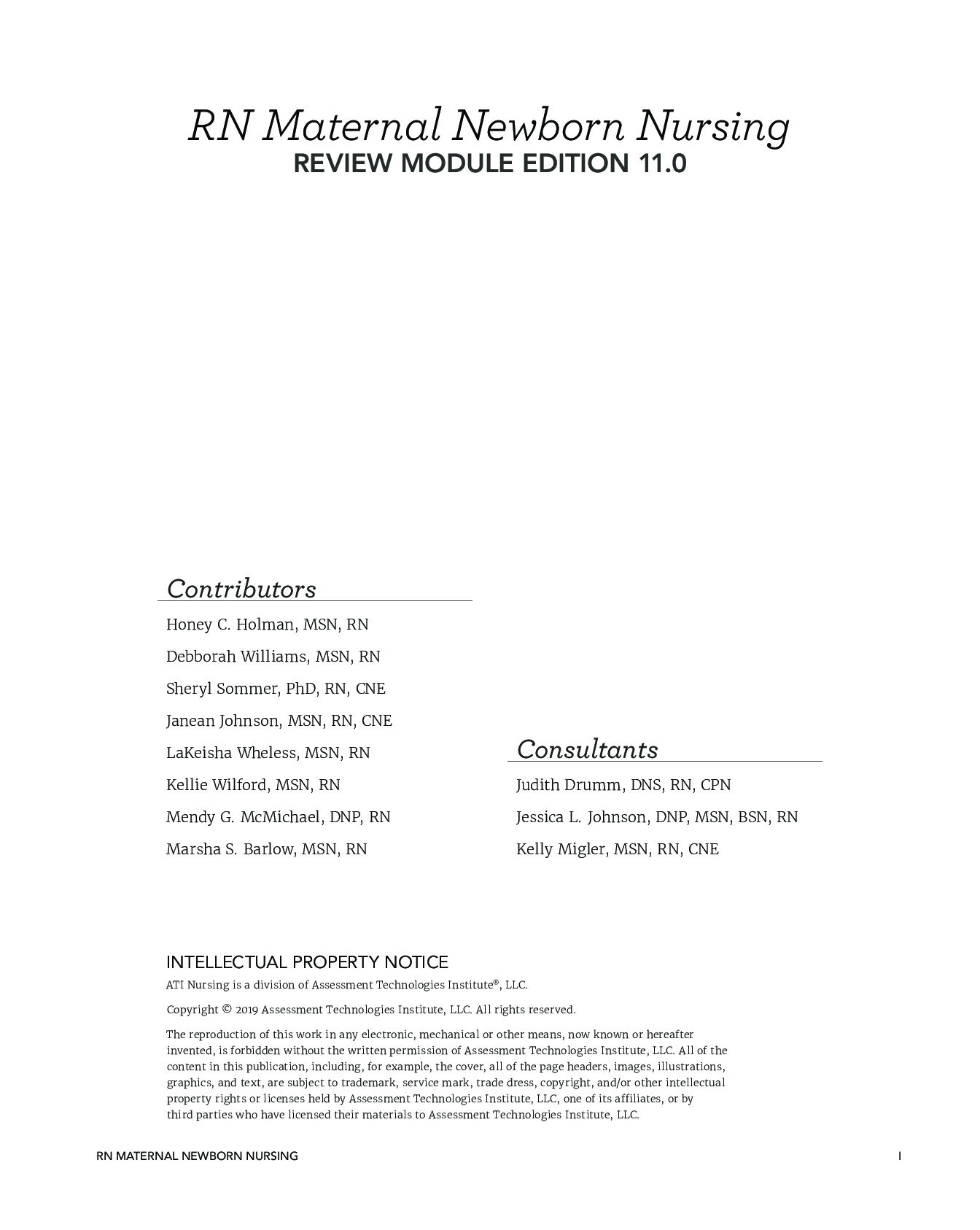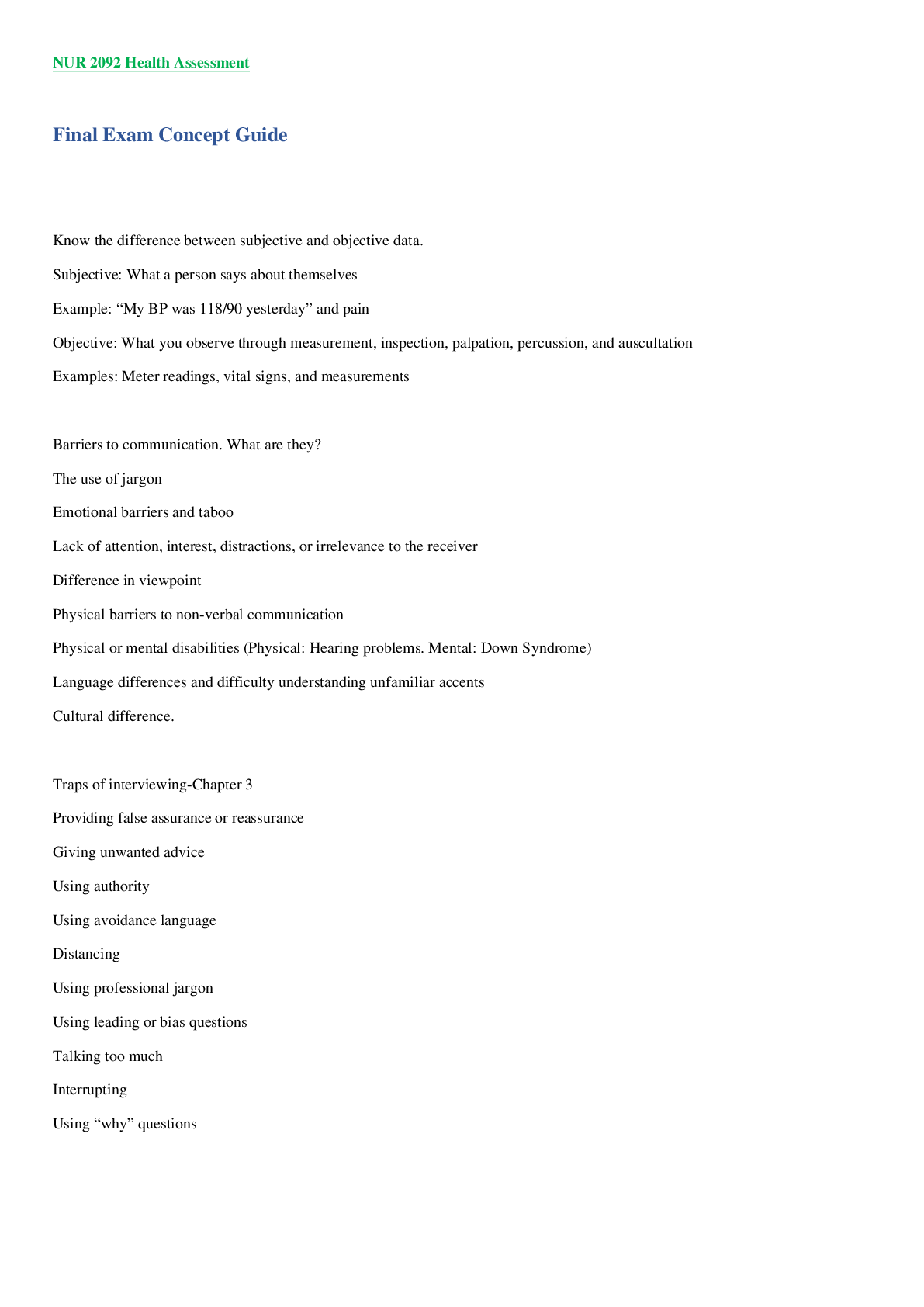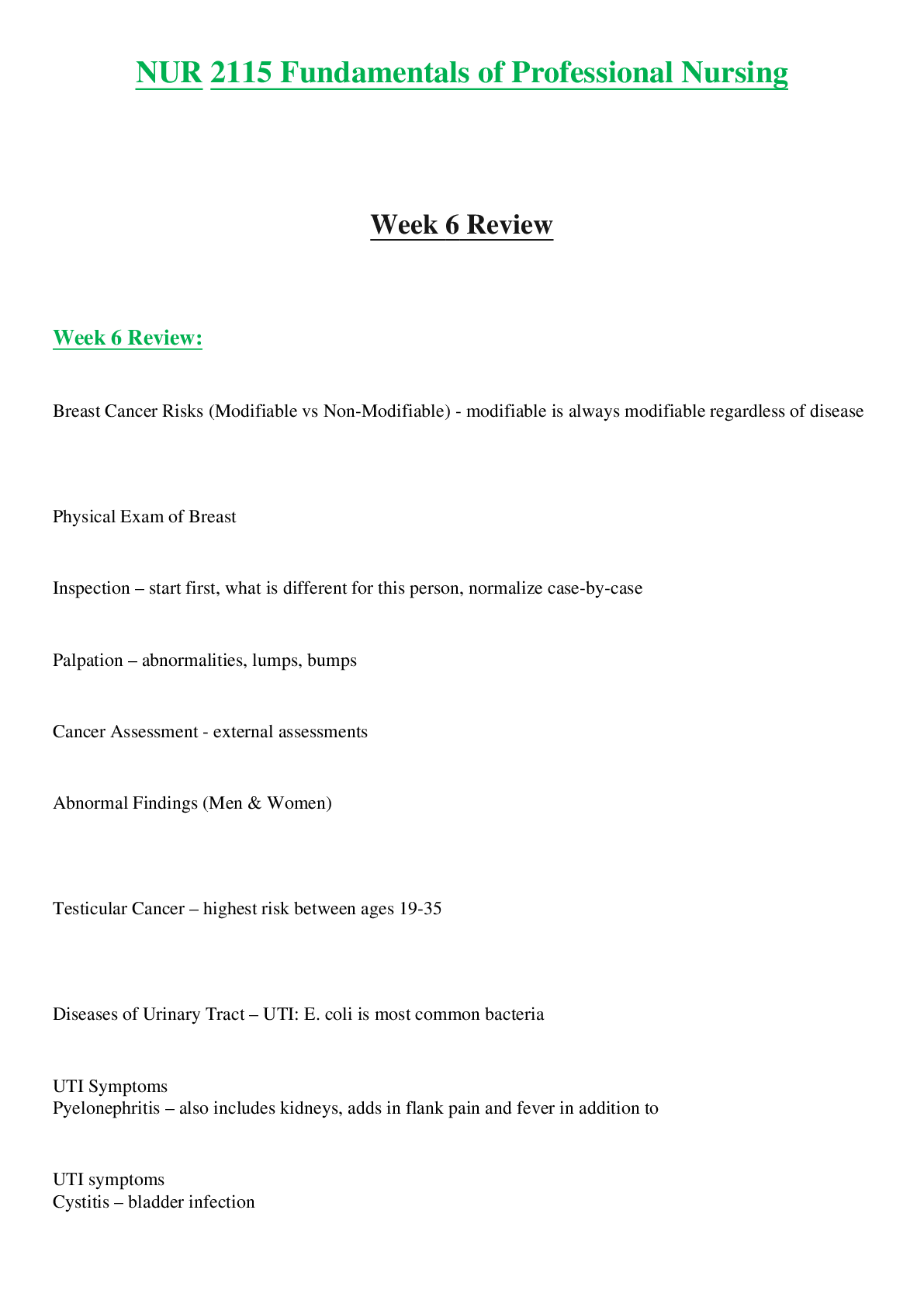
University of Arizona RSSS 315 QUIZ Module 7. Graded A. 100% Score Guarantee
$ 9
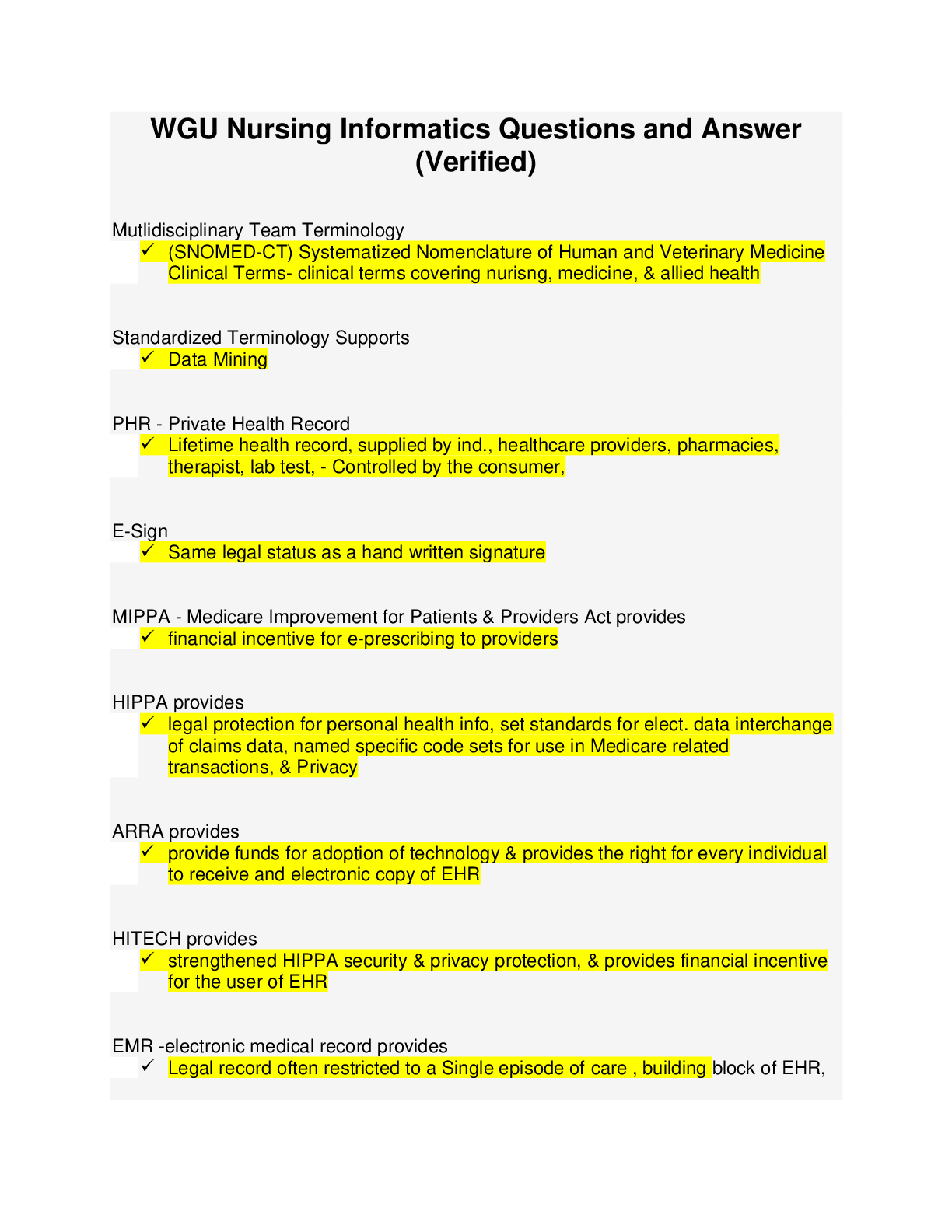
WGU Nursing Informatics Questions and Answer (Verified)
$ 12

Solution Manual For Auditing The Art and Science of Assurance Engagements 15th Edition (Canadian Edition) By Alvin Arens, Randal Elde,r Mark Beasley, Joanne Jones
$ 25

Three Jays Corporation - Harvard Case Study Solution & Analysis
$ 10

HESI A2 V2 Exam Questions with Answers (All Correct)
$ 20

NURSING RNSG 2221 Leadership and Management QUESTIONS AND 100% CORRECT ANSWERS ( ANSWERS HIGHLIGHTED IN YELLOW )
$ 14

[Solved] ECON 101 Final Exam A+
$ 14
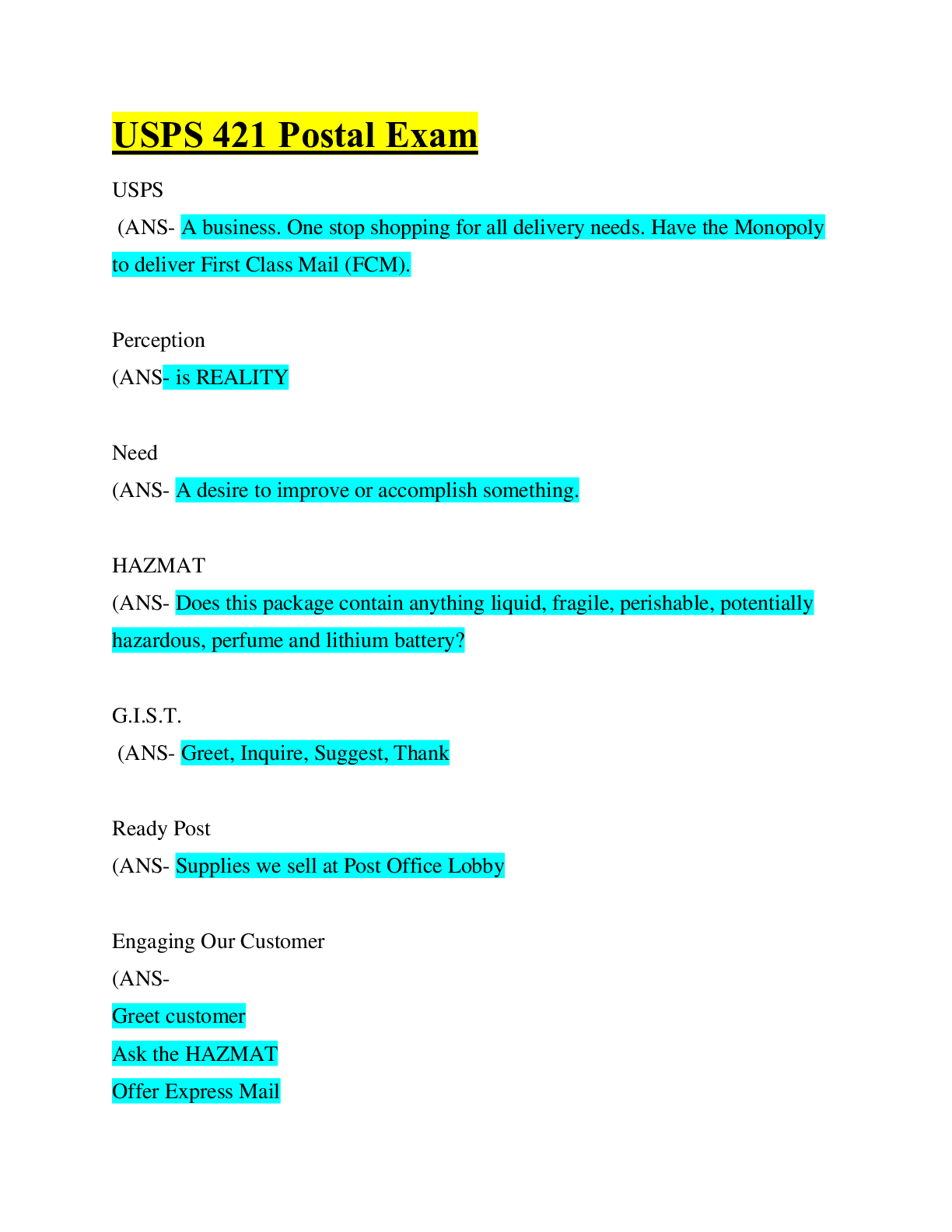
USPS 421 Postal Exam/Guaranteed A+ Guide
$ 8
-AR MS v1.png)
AQA GCSE PHYSICS Physics Test 1: Energy (Foundation) Mark Scheme. 2021 ASSESSMENT MATERIALS MARK SCHEME.
$ 7

eBook Tort Law for Paralegals 7e Neal R. Bevans
$ 29
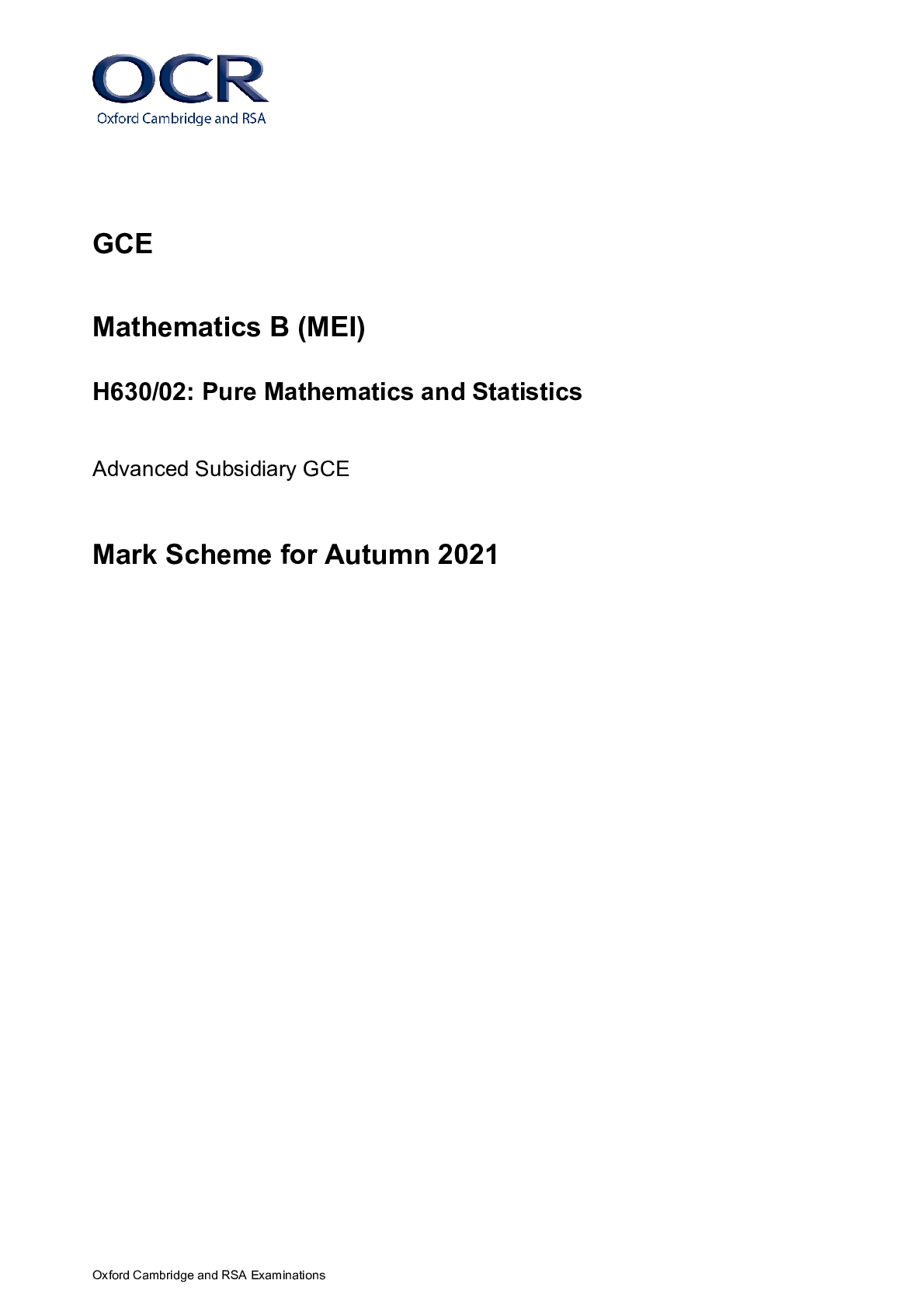
> AS Level Mathematics B (MEI) H630/02 Pure Mathematics and Statistics MARK SCHEME - October 2021
$ 6

PHY 102 Week 4 Exam Solution 80% Guarantee; Complete Solution Guide, Grand Canyon University.
$ 16
 Med SurgTest Questions and Answers with Explanations Chapter 04 Health Education and Promotion.png)
ATI Adult Nursing (NUR 105) Med Surg test questions Chapter 04: Health Education and Promotion
$ 10

ATI RN COMPREHESIVE PREDICTOR FORM C 2019
$ 13
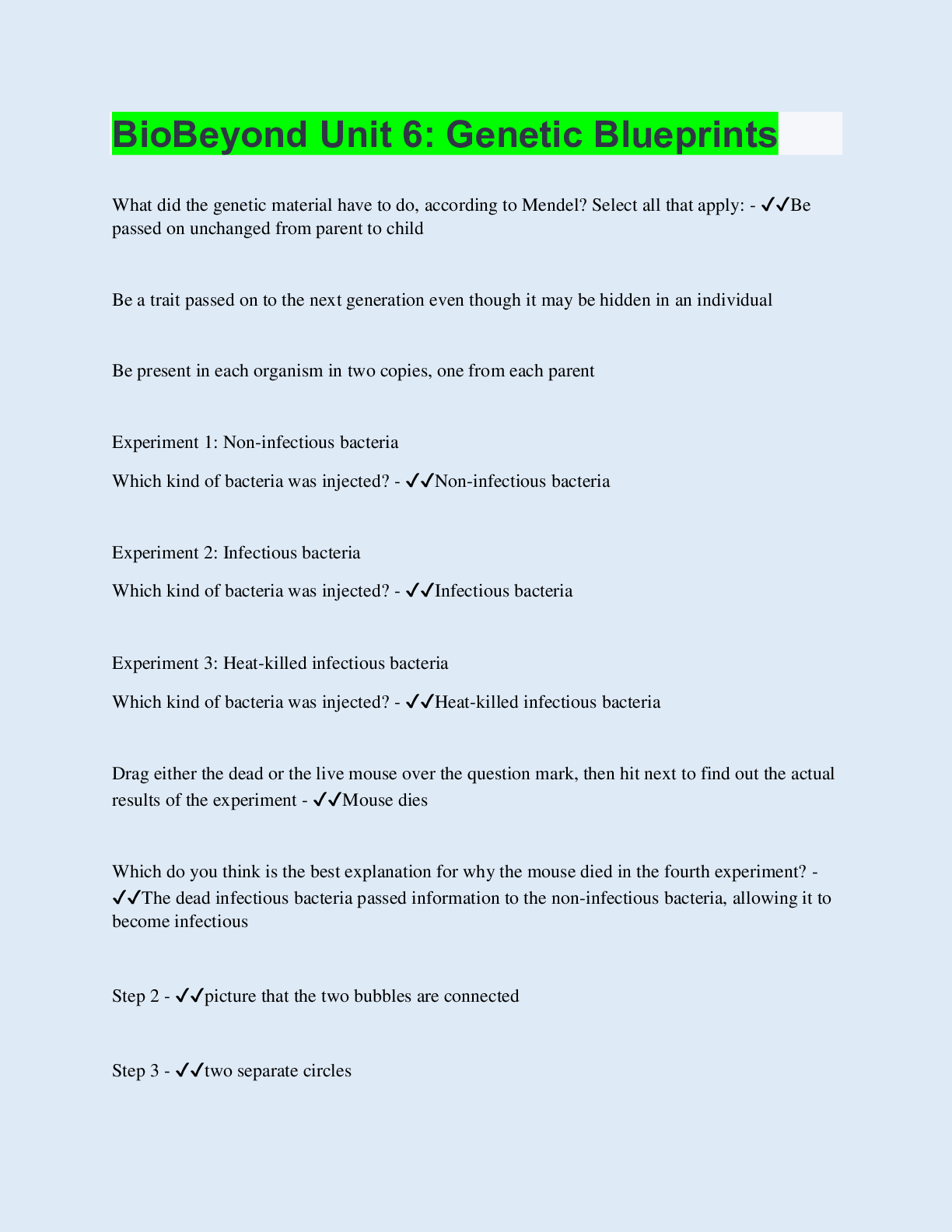
BioBeyond Unit 6: Genetic Blueprints | with 100% Correct Answers | Updated & Verified
$ 5

APEA 3P Exam | 75 All Correct Questions & Answers
$ 10

Language culture and communication 7th edition by bonvillain test bank
$ 12

Test Bank For Prehospital Emergency Care, 12th Edition by Joseph J. Mistovich Keith J Karren Brent Q. Hafen Chapter 1-44 (4)
$ 15

>_AS Level Physics A_H156/02 Mark Scheme Oct 2021 | Depth in Physics
$ 5.5

Gizmos - Sound Beats and Sine Waves - Answer Key 2022
$ 7

Heart and RBCs Metabolism
$ 8
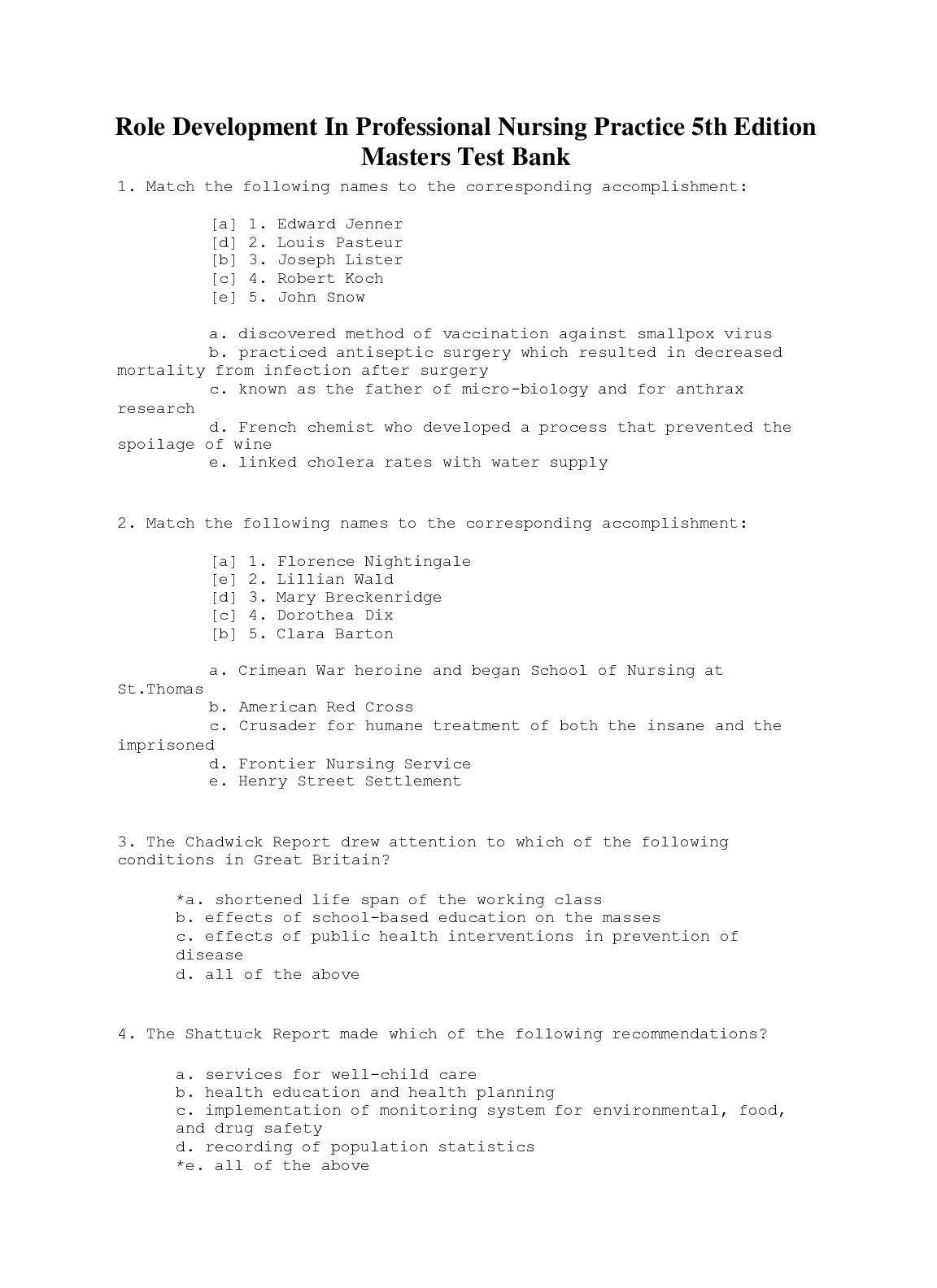
Role Development In Professional Nursing Practice 5th Edition by Kathleen Masters. All Chapters | TEST BANK
$ 17

CSE 598 Week 7 Quiz Peer-to-Peer Networks | Arizona State University
$ 10
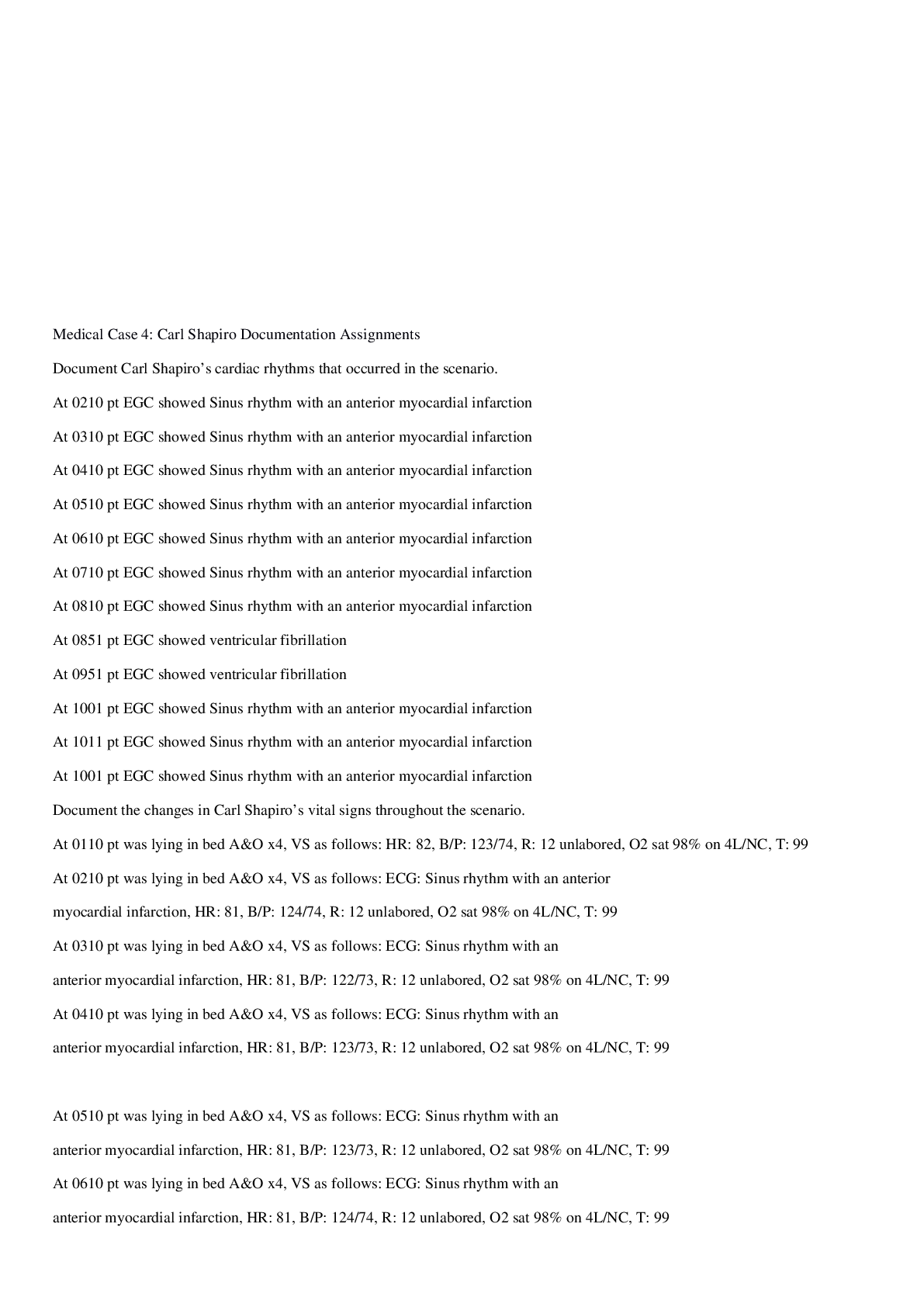
Summary MS2 Nursing Clinical, Week 1 VSIM; V-Sim Carl Shapiro Documentation and Guided Reflection.
$ 9

Test Bank for Heizer Operations Management 9th Edition
$ 18

CLG 0010 EXAM - QUESTIONS AND ANSWERS
$ 9
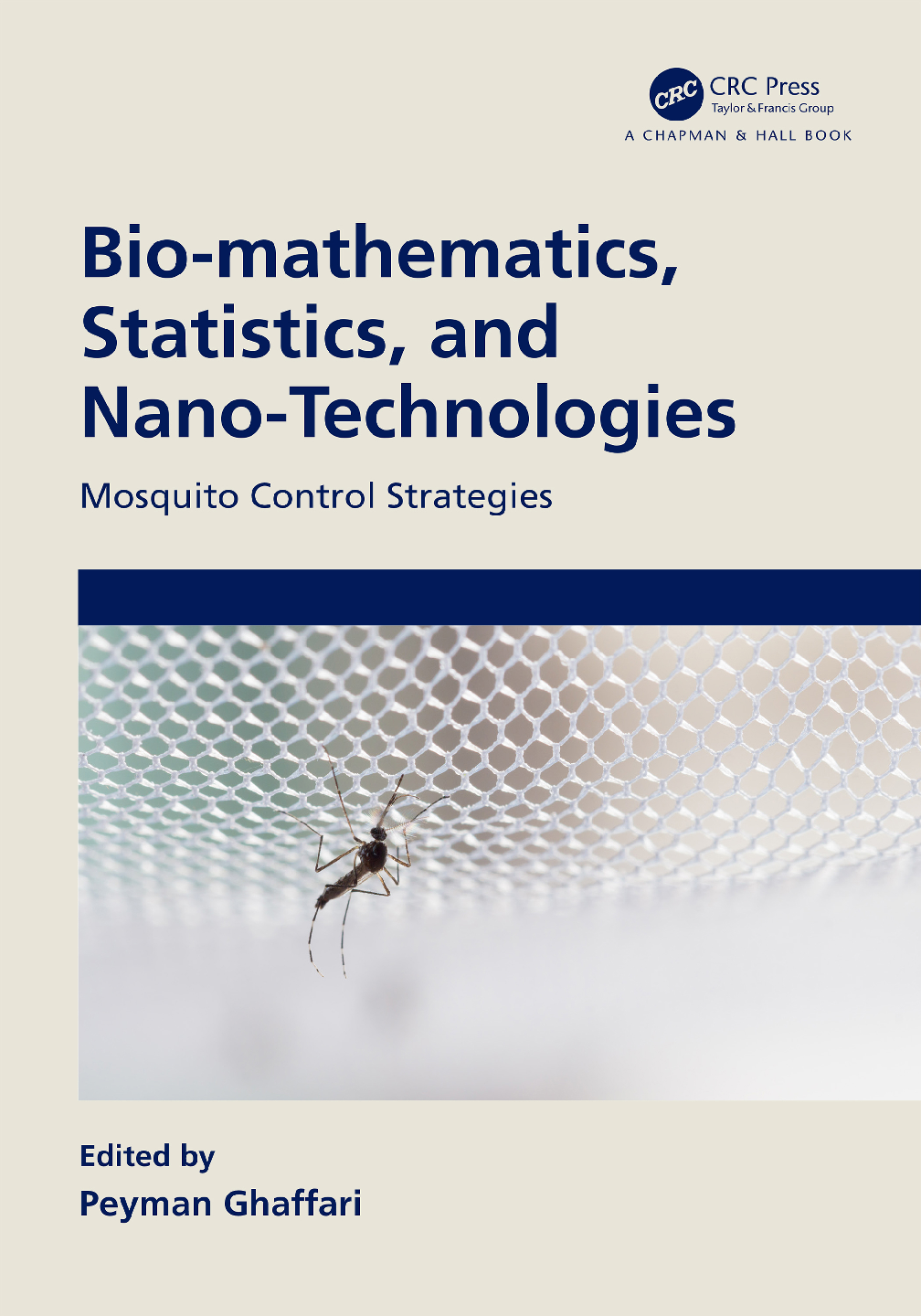
eBook Bio-mathematics, Statistics, and Nano-Technologies Mosquito Control Strategies 1st Edition By Peyman Ghaffari
$ 30
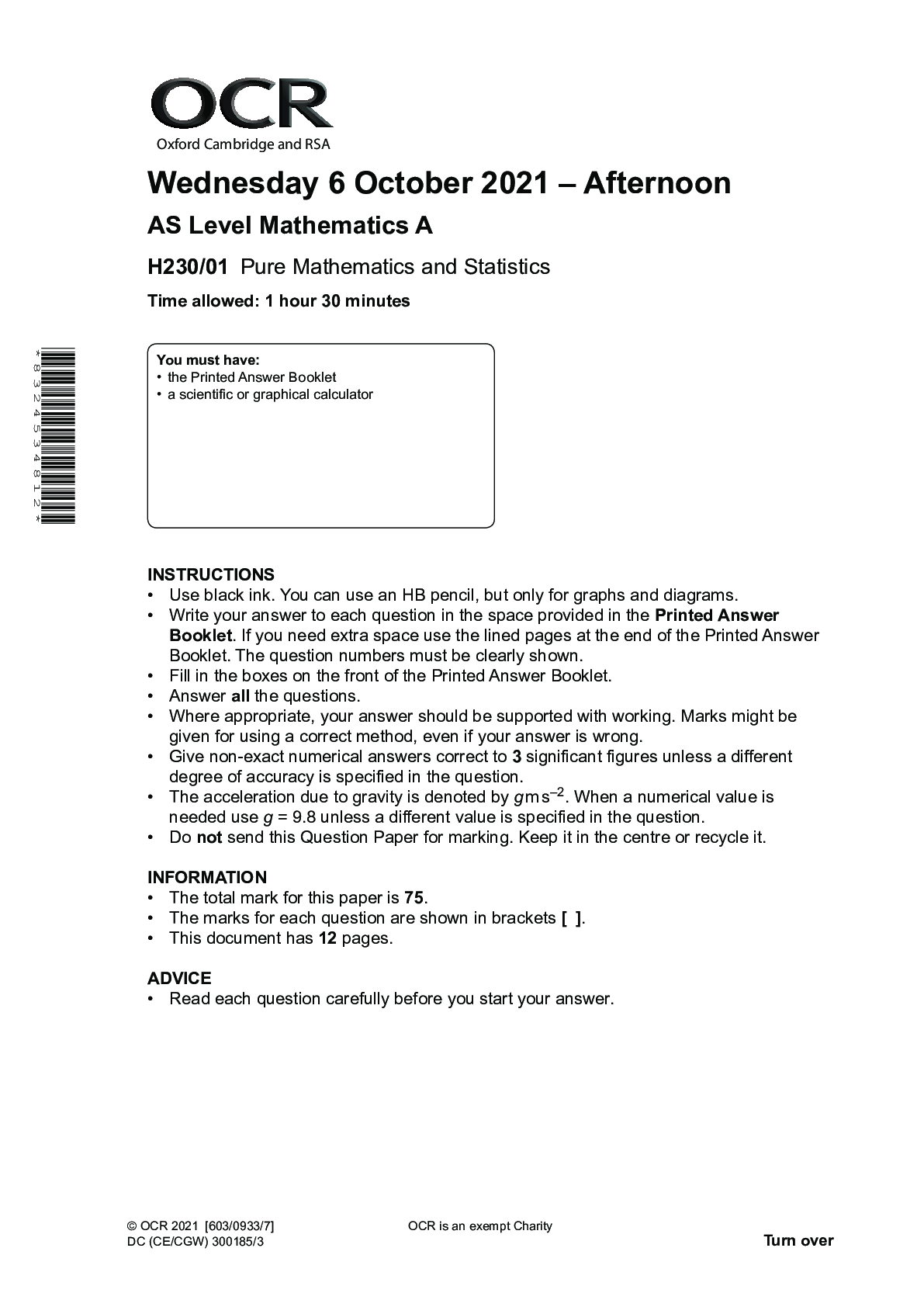
OCR AS Level Mathematics A H230/01 Pure Mathematics and Statistics 2021.
$ 7

West Coast EMT Block Exam 1 - Questions and Answers
$ 14
 (1)_removed.png)
VSIM red-yoder-part-1-and-2-guided-reflection_answered-en-gt-vsim-red-yoder-all-answers-100-correct_2021 (1) (1)_removed
$ 10
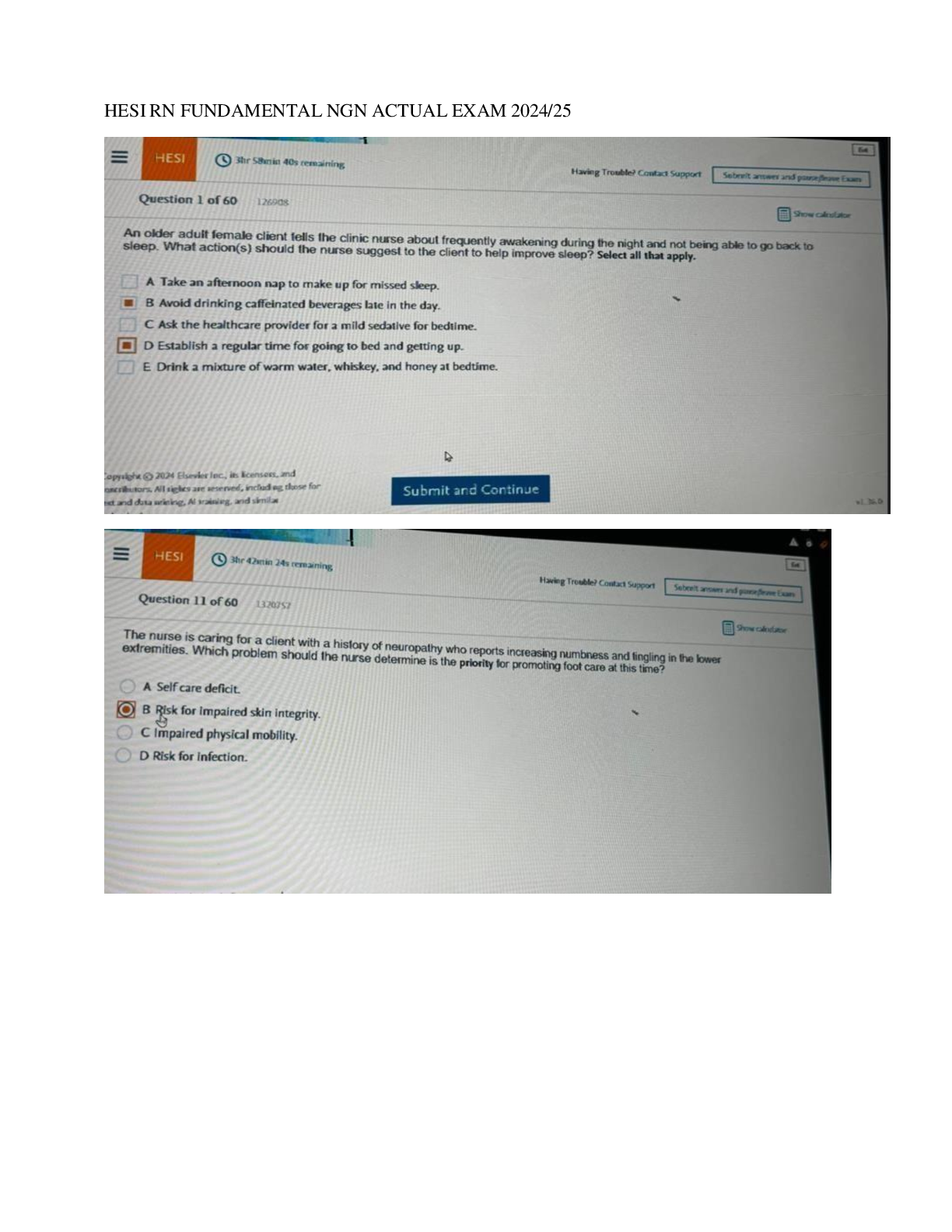
HESI RN FUNDAMENTALS 2025 SCREENSHOT FILE
$ 29.5

A Level Advanced GCE. PSYCHOLOGY Question Papers and Mark Schemes. October 2020 and 2021 (Contains 16 PDF File Download).
$ 14.5

NSG 310 TOPIC 12 FINAL EXAMS | LATEST UPDATE
$ 12

Test Bank for Elementary Statistics Using Excel 7th edition By Mario F. Triola
$ 23

ACSM Clinical Exercise Physiologist Exam 2025–2026 - Verified Questions & Answers - Latest Update - A+ Graded & Guaranteed Success!
$ 36

AQA AS PHYSICS 74071 PAPER 1 MARK SCHEME JUNE 2022 VERSION 1.0 FINAL
$ 12
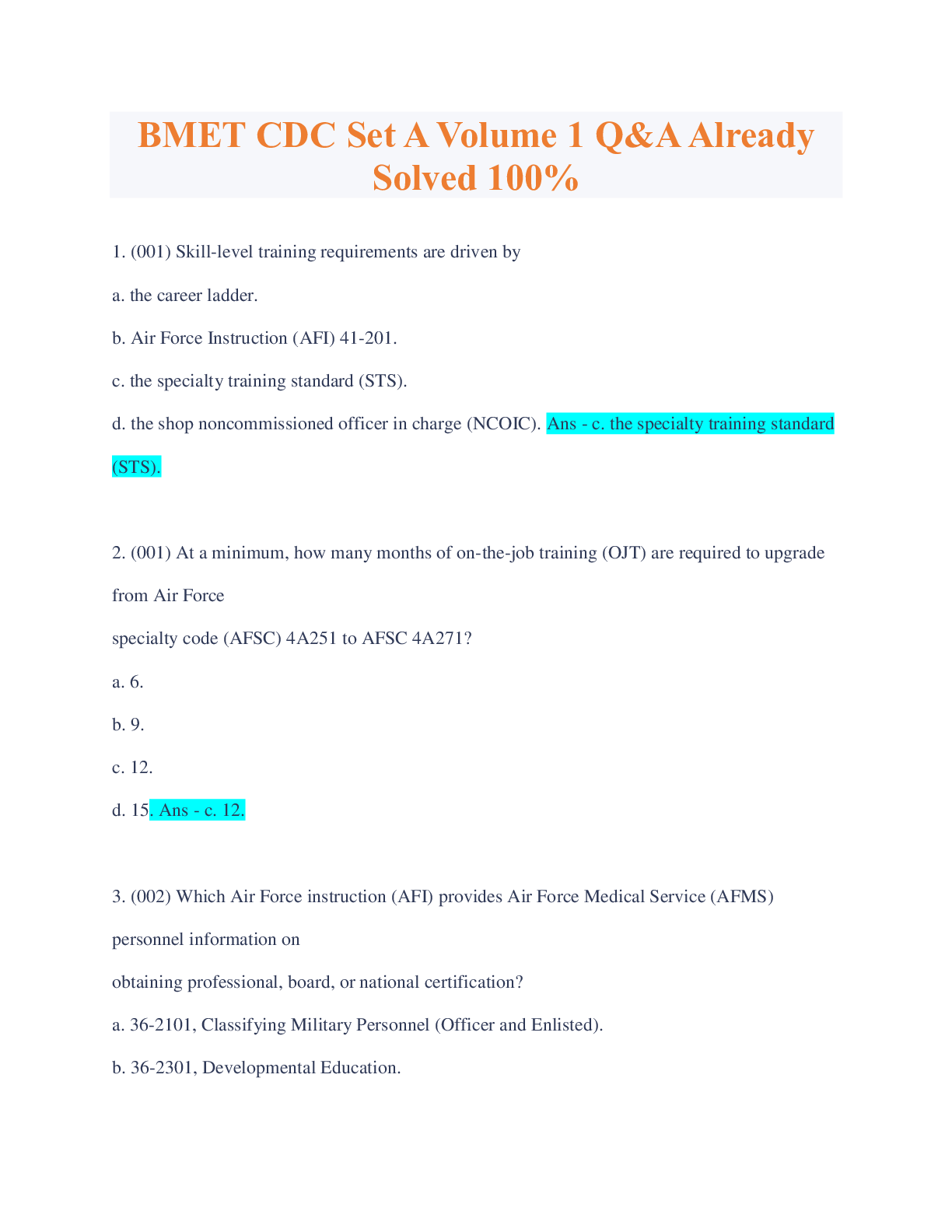
BMET CDC Set A Volume 1 Q&A Already Solved 100%
$ 10
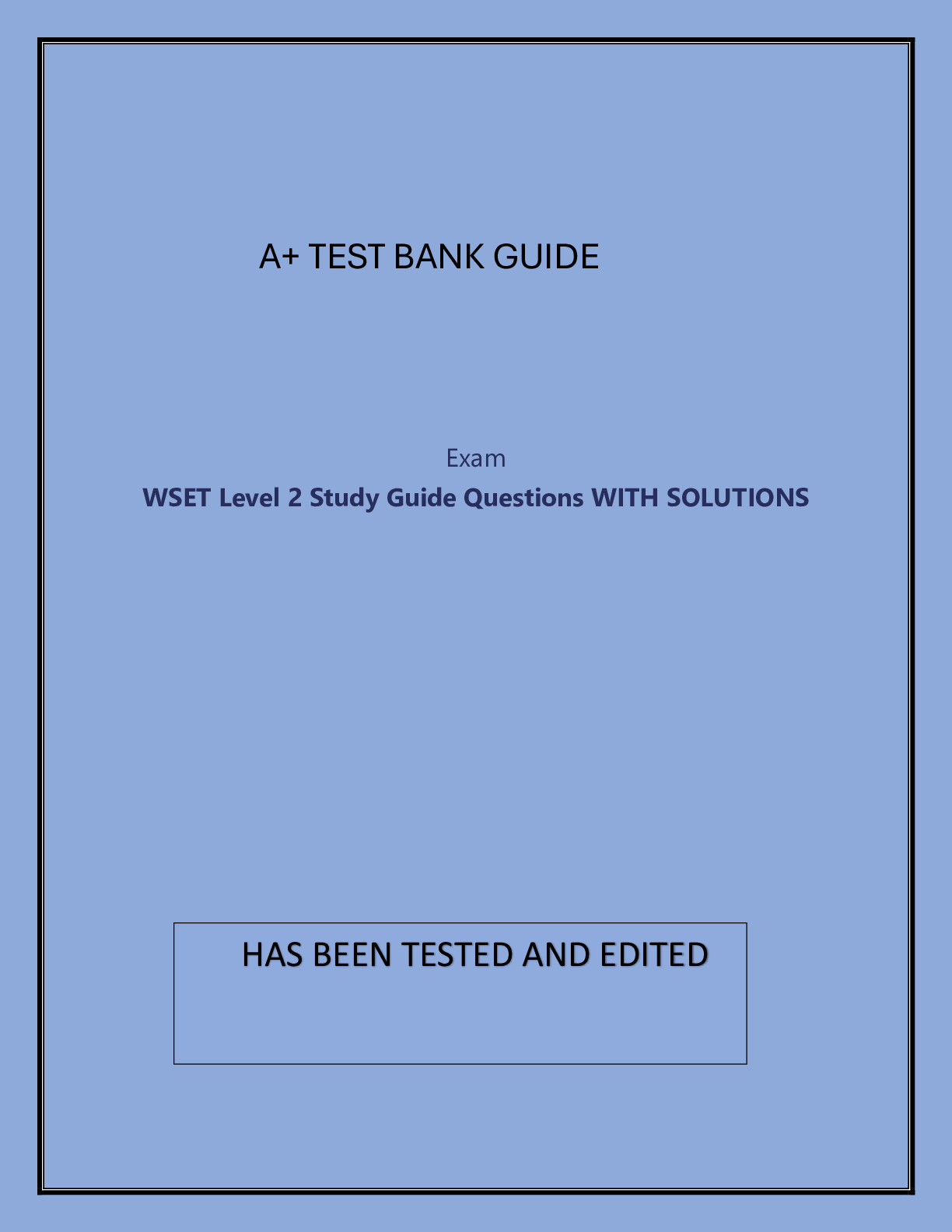
WSET Level 2 Study Guide Questions WITH SOLUTIONS
$ 19.5
.png)
Pearson Edexcel GCE In Chemistry (9CH0) Paper 3: General and Practical Principles in Chemistry
$ 10
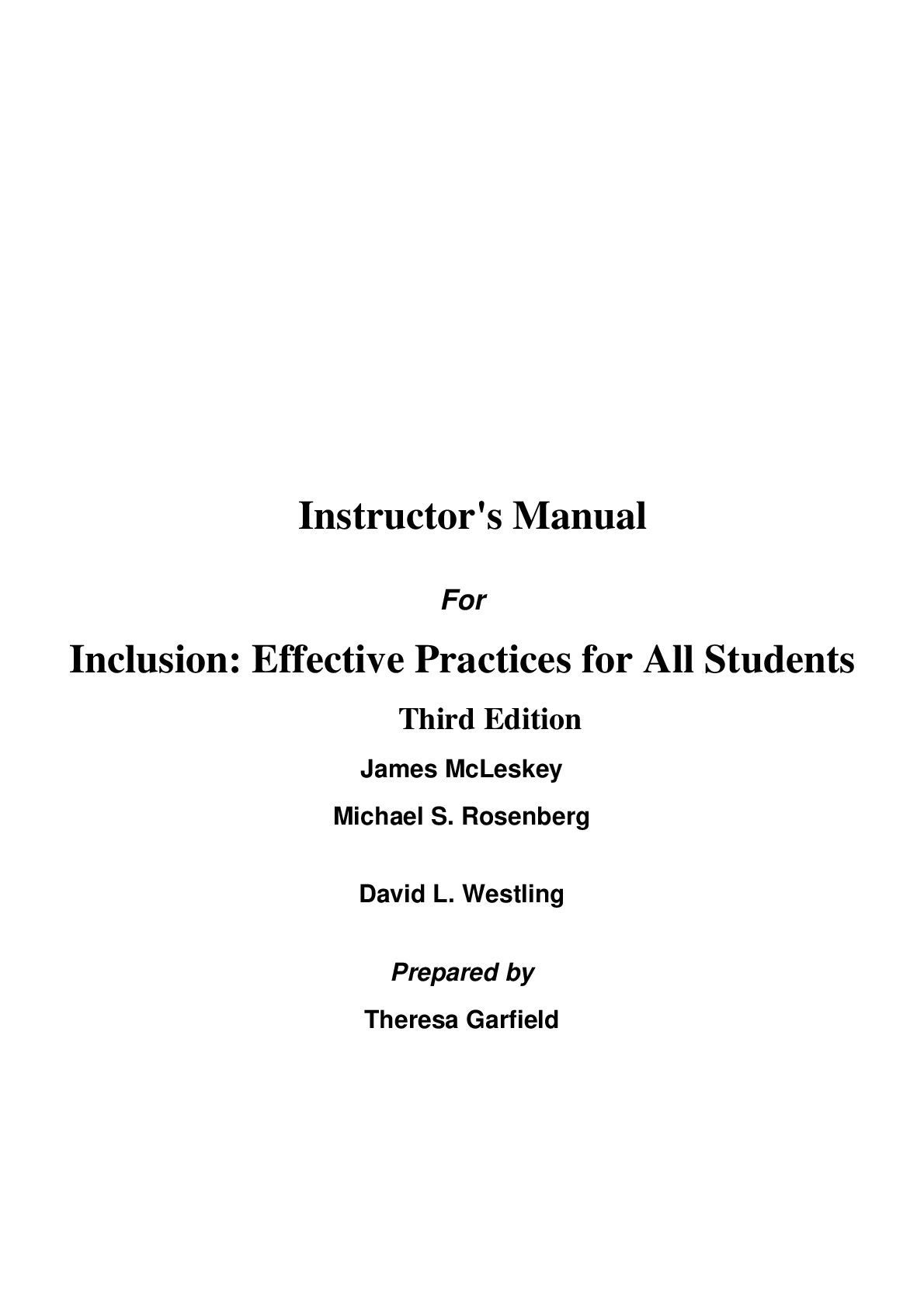
Instructor Manual For Inclusion Effective Practices for All Students 3rd Edition By James McLeskey, Michael Rosenberg, David Westling
$ 25
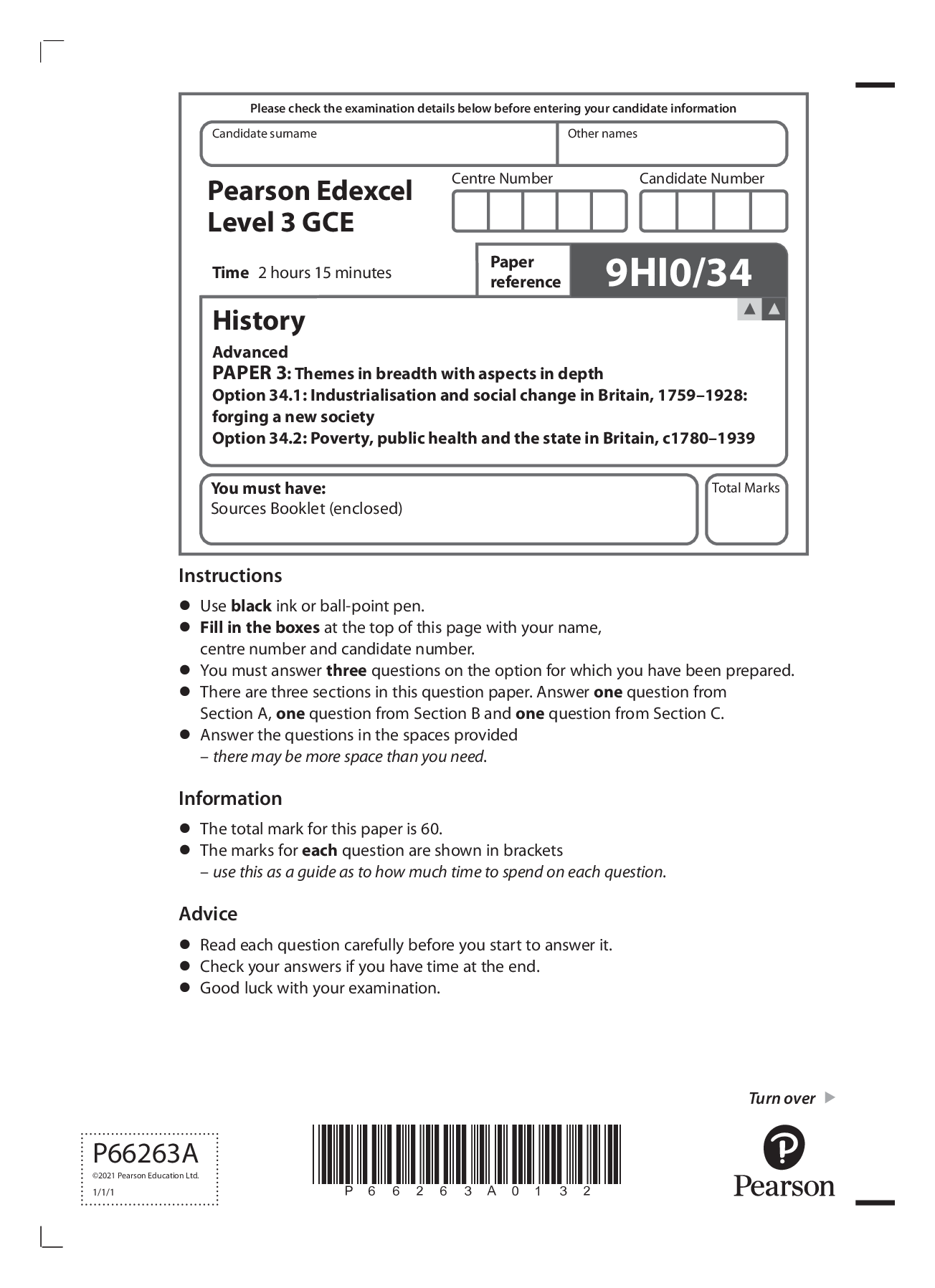
Pearson Edexcel Level 3 GCE 9HI0/34 History Advanced PAPER 3: Themes in breadth with aspects in depth Option 34.1: Industrialisation and social change in Britain, 1759–1928: forging a new society Option 34.2: Poverty, public health and the state in Britain, c1780–1939. Nov 2021 QP.
$ 9

HSS2342 Nutritional Determinants of Health Final Exam Review
$ 7.5

APPLICATION OF LINGUISTICS WEEK 2- TYPOLOGY AND INTRODUCTION TO ABORIGINAL LANGUAGES. Course Notes:
$ 3

AQA A-LEVEL 7552/1 DESIGN AND TECHNOLOGY: PRODUCT DESIGN Paper 1 Technical Principles Question Paper and Mark scheme {MERGED} JUNE 2022
$ 15
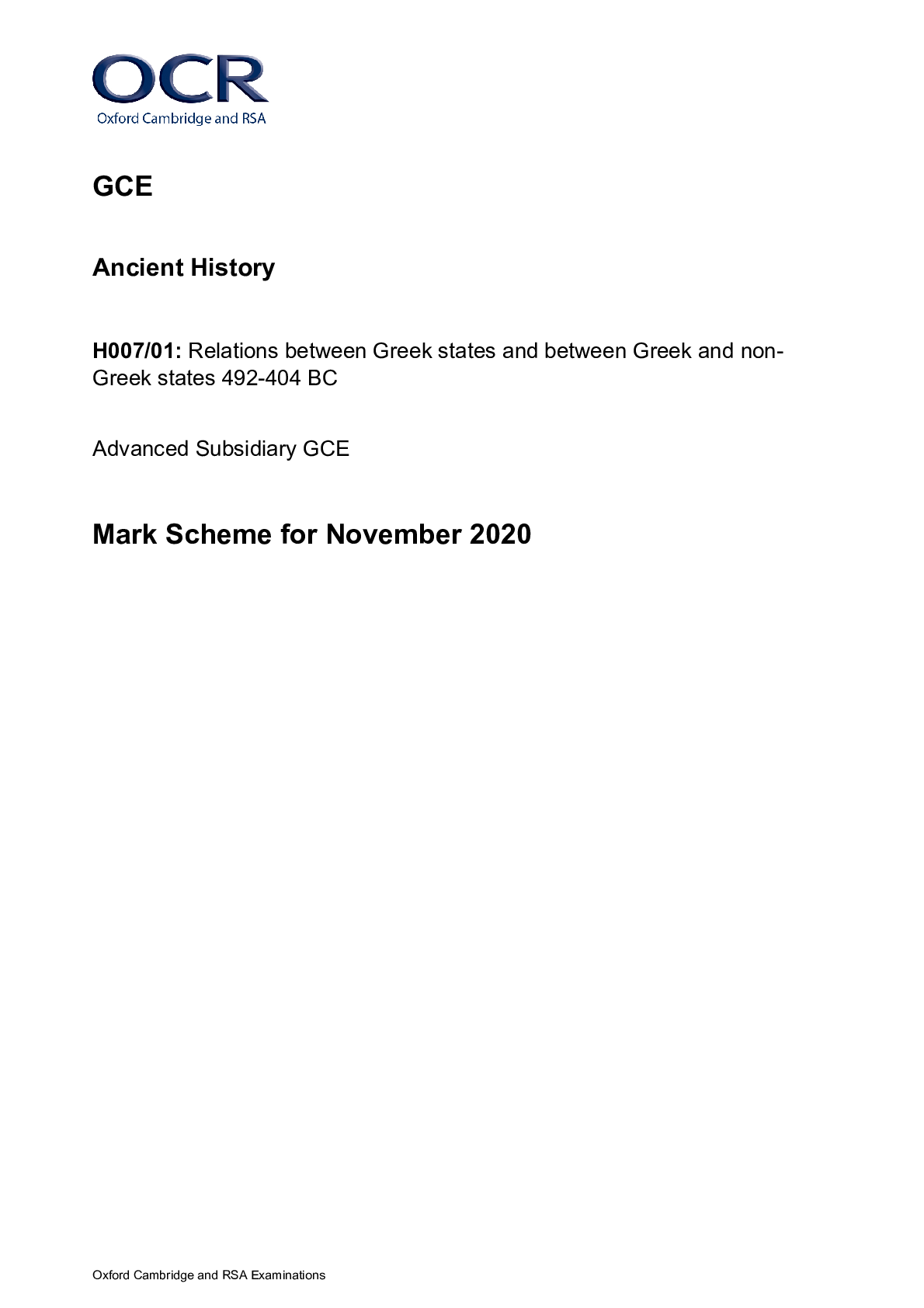
>- GCE Ancient History H00701 Relations between Greek states and between Greek and non-Greek states 492-404 BC Advanced Subsidiary GCE Mark Scheme for November 2020
$ 7

GCSE FRENCH 8658/RF Paper 3 Reading Foundation Tier Mark scheme June 2021 Version: 1.0 Final
$ 13
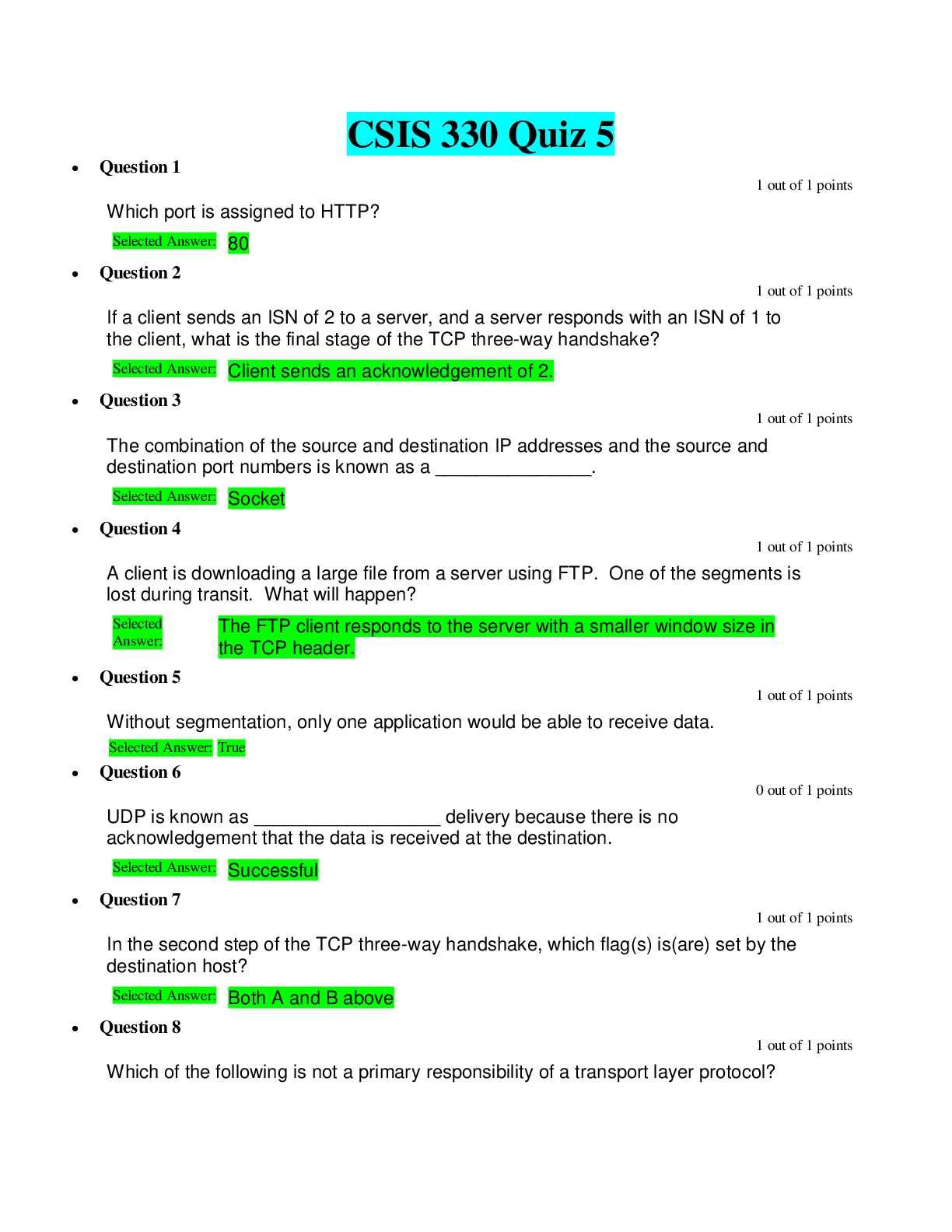
CSIS 330 Quiz 5 | Liberty University answers complete solutions, All Answers Correct.
$ 7.5

eBook Breaking out of the Expat Bubble How to Make Intercultural Connections and Friends 1st Edition By Marian van Bakel
$ 29

RN Fundamentals 2019 A questions and answers solution 2021 complete docs
$ 13.5

[eBook] (EPUB) [PDF] Qualitative Inquiry and Research Design 5th Edition By John Ward Creswell, Cheryl Poth
$ 30

BIO 181 (Capco ASU) Exam 3 (Final Exam) | 100 Questions with 100% Correct Answers | Updated & Verified















